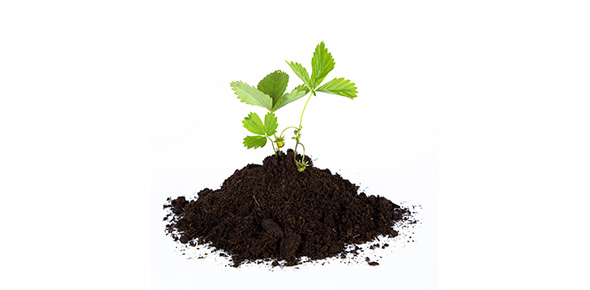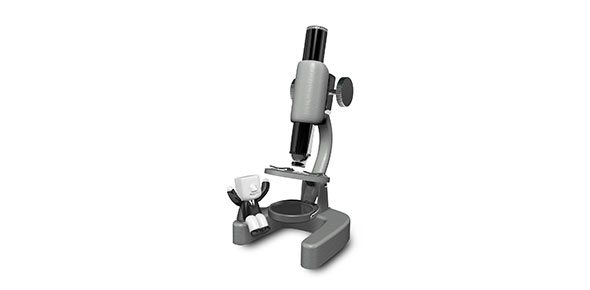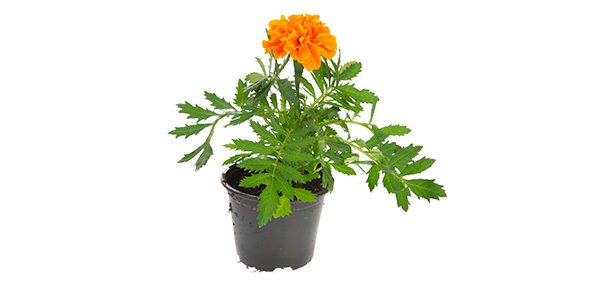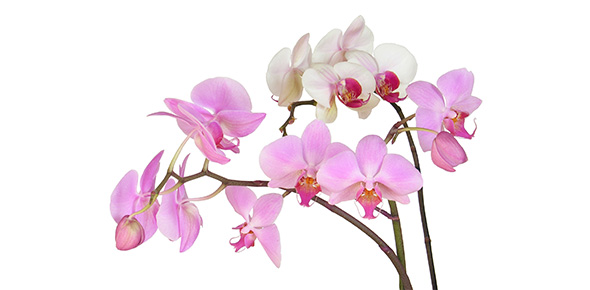Related Flashcards
Related Topics
Cards In This Set
| Front | Back |
|
Seeds
|
Plant embryos packaged with a food supply in a protective coat
|
|
Reduced gametophytes
|
Gametophytes in seed plants are mostly microscopic and depend on sporophyte for food
|
|
Heterospory
|
The production of two types of spores
|
|
Megaspores
|
Produce female gametophytes
|
|
Microspores
|
Produce male gametophytes
|
|
Ovule
|
Increases the protection of the egg and zygote
|
|
Pollen
|
Male gametophyte, has two nuclei, waterproof coating
|
|
Advantages of seeds
|
Multicellular, several layers of protective tissue, have a supply of stored energy
|
|
Gymnosperms
|
Plants that have "naked" seeds, they are not enclosed in ovaries.
do not have fruits
|
|
Angiosperms
|
Seed plants that produce the reproductive structures called fruits and flowers
-are classified as Anthophyta
-90% of all plant species
|
|
Flower
|
Major reproductive adaptaion of the angiosperm
-consists of sepals, petals, stamens, and carpels
|
|
Stamens
|
Male reproductive structure, producing microspores in the anthers
|
|
Carpels
|
Female reproductive structure, producing megaspores
|
|
Fruits
|
Mature ovaries of the plant
fruit helps disperse seeds of angiosperms
|
|
Monocots
|
Have one cotyledon in the seed, parallel leaf veination, and flowering parts in multiples of three
|







